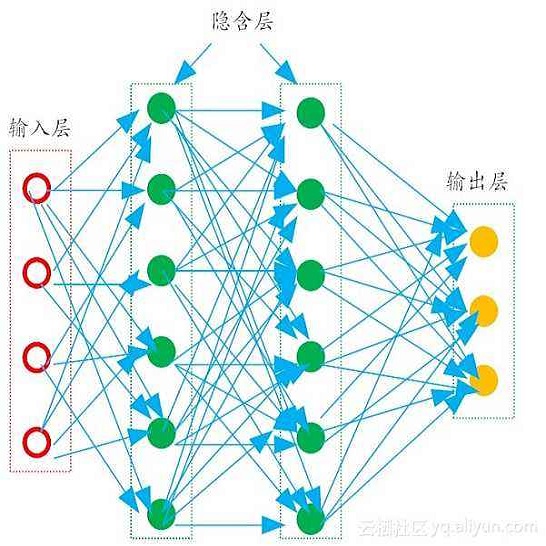We present a machine learning framework that blends image super-resolution technologies with scalar transport in the level-set method. Here, we investigate whether we can compute on-the-fly data-driven corrections to minimize numerical viscosity in the coarse-mesh evolution of an interface. The proposed system's starting point is the semi-Lagrangian formulation. And, to reduce numerical dissipation, we introduce an error-quantifying multilayer perceptron. The role of this neural network is to improve the numerically estimated surface trajectory. To do so, it processes localized level-set, velocity, and positional data in a single time frame for select vertices near the moving front. Our main contribution is thus a novel machine-learning-augmented transport algorithm that operates alongside selective redistancing and alternates with conventional advection to keep the adjusted interface trajectory smooth. Consequently, our procedure is more efficient than full-scan convolutional-based applications because it concentrates computational effort only around the free boundary. Also, we show through various tests that our strategy is effective at counteracting both numerical diffusion and mass loss. In passive advection problems, for example, our method can achieve the same precision as the baseline scheme at twice the resolution but at a fraction of the cost. Similarly, our hybrid technique can produce feasible solidification fronts for crystallization processes. On the other hand, highly deforming or lengthy simulations can precipitate bias artifacts and inference deterioration. Likewise, stringent design velocity constraints can impose certain limitations, especially for problems involving rapid interface changes. In the latter cases, we have identified several opportunity avenues to enhance robustness without forgoing our approach's basic concept.
翻译:我们提出了一个机器学习框架, 将图像超分辨率技术与水平定置方法的卡路里传输混在一起。 在这里, 我们调查我们是否可以用一个单一的时间框架来计算由飞行数据驱动的校正, 以最大限度地减少界面粗微进化中的数字粘度。 提议的系统的出发点是半Lagrangian 配方。 并且为了减少数字分解, 我们引入了一个错误量化多层感知。 这个神经网络的作用是改善数字推算的地面轨迹。 为了做到这一点, 我们用一个单一的时间框架来计算在移动前方附近选择的悬崖的定值设置、 速度和位置数据。 因此, 我们的主要贡献是一个新的机器学习推荐的运输算法, 与半Lagrangian 配制的定式和替换法相配合, 使调整后的界面轨迹平稳。 因此, 我们的程序比完全的变异性应用效率要高, 因为它只能将计算结果集中在自由边界上的计算方法。 另外, 我们通过各种测试, 我们的战略是有效的, 对抗高度直径直径直径直径直径直径直的轨方法,, 特别是直径直径直径直径直径直径直的路径,,, 我们的计算法,, 更接近于直径直地方法,,,, 更接近于直地, 直径直地, 直径直路路路路路路路路路路,,,,, 制, 制,, 我们制, 制, 制, 制, 制, 制, 制, 制, 我们制, 制, 制, 制, 制, 制, 制, 制, 制, 制, 制, 制, 制, 制式, 制, 制, 制, 制, 制, 制, 制, 制, 制, 制, 制, 制, 制, 制, 制, 制, 制, 制, 制, 制, 制, 制, 制, 制, 制, 制, 制, 制, 制, 制, 制, 制, 制, 制, 制, 制式





